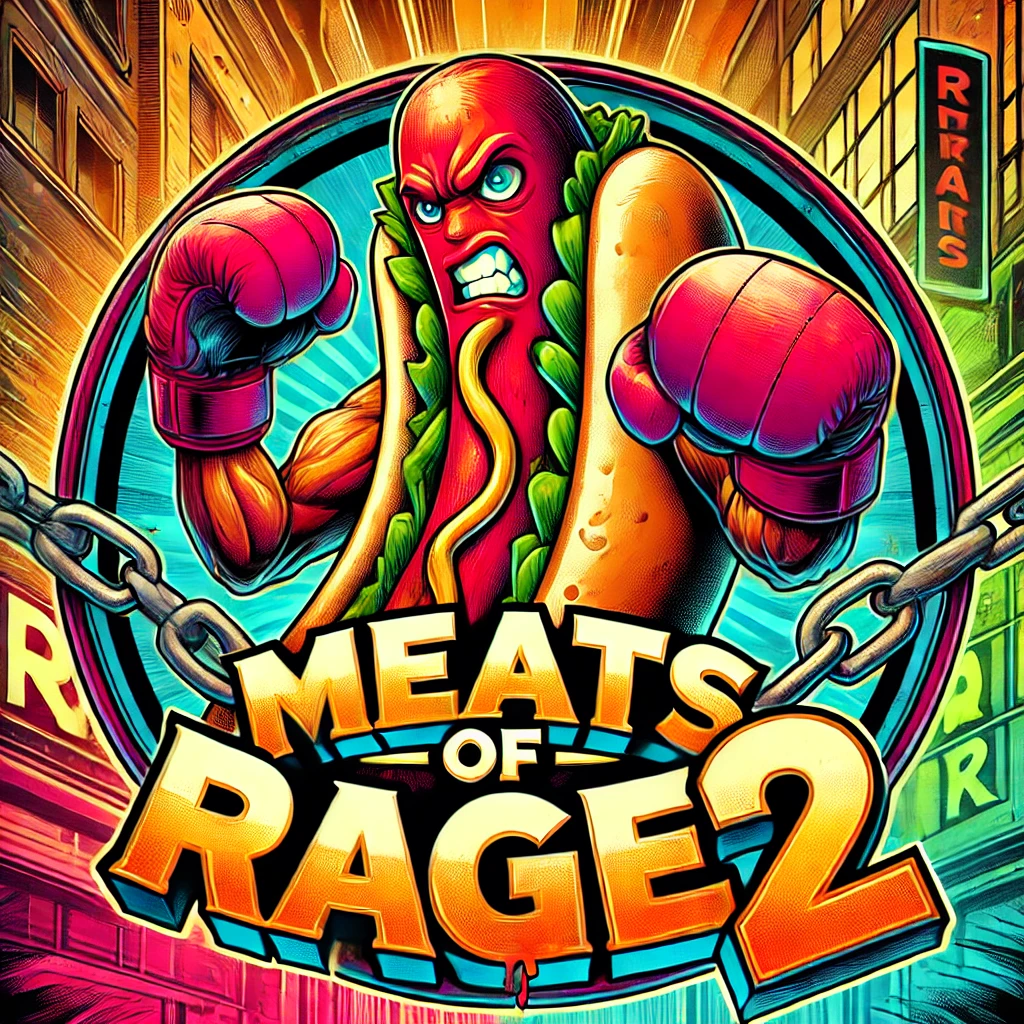Ok so here’s the rules
- I just bet on red every time
- I start with 1 dollar
- every time I lose, I triple my previous bet
- every time I win I restart
I’m going to simulate 10 games
- Game 1 - Bet $1 Lose
- Game 2 - Bet $3 Lose
- Game 3 - Bet $9 Win $18
- Game 4 - Bet $1 Lose
- Game 5 - Bet $3 Lose
- Game 6 - Bet $9 Win $18
- Game 7 - Bet $1 Lose
- Game 8 - Bet $3 Lose
- Game 9 - Bet $9 Lose
- Game 10 - Bet $18 Win $36
In this simulation I’m losing at a rate of 70%. In reality the lose rate is closer to 52%. I put in $54 but I’m walking away with $72, basically leaving the building with $18.
Another example. Let’s pretend I walk in with $100,000 to bet with. I lose my first 10 games and win the 11th.
- 1 lose
- 3 lose
- 9 lose
- 27 lose
- 81 lose
- 243 lose
- 729 lose
- 2187 lose
- 6561 lose
- 19683 lose
- 59049 win $118098
$88573 spent out of pocket, $118098 won
Walk out with roughly $29525.
I get most casinos won’t let you be that high but it’s a pretty extreme example anyway, the likelyhood of losing 10/11 games on 48% odds is really unlikely.
So help me out here, what am I missing?


You’re forgetting that not all outcomes are equal. You’re just comparing the probability of winning vs the probability of losing. But when you lose you lose much bigger. If you calculate the expected outcome you will find that it is negative by design. Intuitively, that means that if you do this strategy, the one time you will lose will cost you more than the money you made all the other times where you won.
I’ll give you a short example so that we can calculate the probabilities relatively easily. We make the following assumptions:
So how do we calculate the expected outcome? These outcomes are mutually exclusive, so if we can define the (expected gain * probability) of each one, we can sum them together. So let’s see what the outcomes are:
So the expected outcome for you is:
$1 * (18/37) + 2 * (19/37 * 18/37) + … = -$0.1328…
So you lose a bit more than $0.13 on average. Notice how the probabilities of winning $1 or $2 are much higher than the probability of losing $13, but the amount you lose is much bigger.
Others have mentioned betting limits as a reason you can’t do this. That’s wrong. There is no winning strategy. The casino always wins given enough bets. Betting limits just keep the short-term losses under control, making the business more predictable.
All your math above is irrelevant and your last paragraph is completely wrong. Table limits are the reason this strategy won’t work…
If you have a large enough bank roll and continuously double your bet after a loss, you can never lose without a table limit.
Source: data analyst.